Ever watch people lunge horses with a purpose, others with a crazed look in their eye (the person, although the horse too…)? Even those who are completely bored and not really doing anything except holding the line as the horse circles madly around them take just enough notice to know when to pass the line over their head for their feet have grown into the ground and are now incapable of turning their own body around to follow the horse with their eyes.
My early impression of lunging was somewhat mixed. I didn't see any relationship between round penning a horse, free lunging a horse, and that thing that english riders liked to do so their horse was tired enough to be ridable.
Eventually my impression of lunging as a tool for tiring the horse used by english riders was righted and I realized that it was used by western riders for the same purpose and even taken a step further – they created a class to win ribbons for what they would happily do before their normal classes without accolades.
I was brought up in the round penning camp, the John Lyons natural horsemanship realm. A place which looked up moving the horse in a circle and wearing him out was a tool to bridge the gap between the horse's physical resistance and interest in communicating with the beast in the center of the pen. Once you exhausted or motivated they physical aspect of the horse to a sufficient level you could then access the brain and begin talking to the horse in a more civilized and committed manner.
I wonder if natural horsemanship ruled the education of our children, they would be run around in round pens until they were tired before being sorted into their classrooms for education. Would that eliminate ADD and ADHD?
Free lunging, it was impressed upon me at an early stage, was something that overly sympathetic women liked to do with their horses because they lacked the guts to reprimand, punish, or have a firm hand with their horse during the training process. I am glad my mind did not become cemented to this misjudgement.
Lunging is nothing new. It has been used for centuries for various purposes. In the stables of kings and conquerors, at the hand of the military's cavalry, still in use at the Spanish Riding School for the education of both horse and rider. In a more widespread context however lunging is used primarily for the benefit of tiring the horse out and as something to do when the horse is too old to sit in the pasture and too young to start riding.
I've used lunging for a long time, and began into it with wayward pause and the mild guidance of a Dressage instructor. Her helping hand still left many holes in my understanding of lunging, mostly because of the widespread phenomenon of “because” as a reason for doing something. I got no explanation of why I should make sure the horse's hind feet were stepping into the front hoof prints. Or why I should make sure the horse halted square even at a distance.
It wasn't until I worked formally with a Classical Dressage instructor that I began to get some of the why questions answered more thoroughly, and even still there were some open holes that had to be filled with lots of observation, practice and patience. I didn't find them in books, or they were answered in such a complex and complicated way that even knowing the why I was still confused at the author's description.
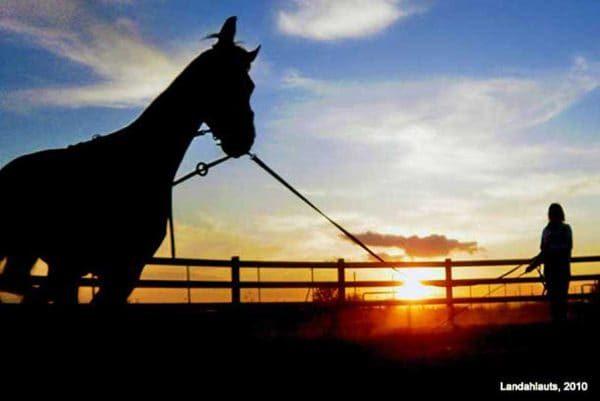
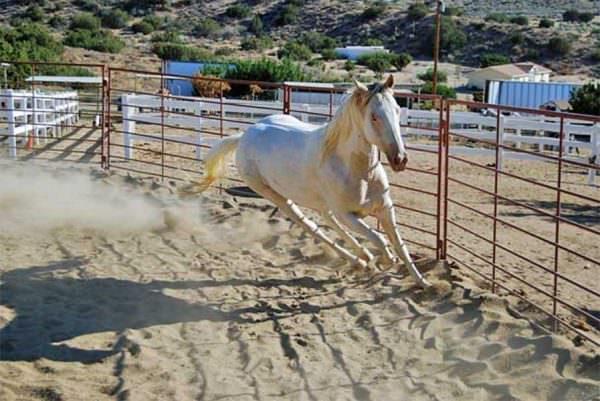
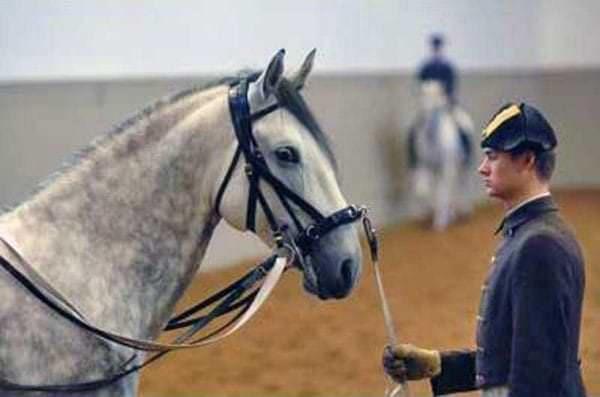
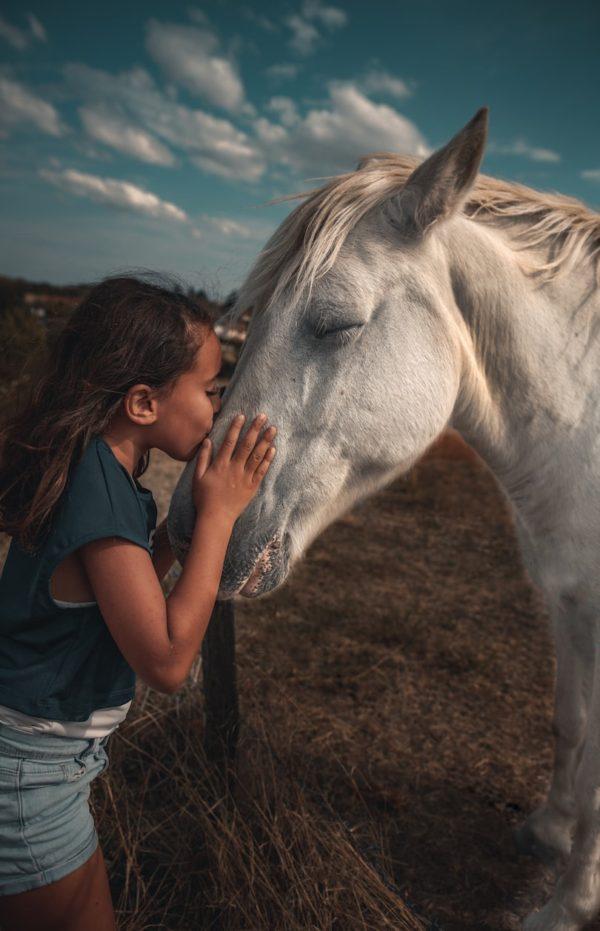
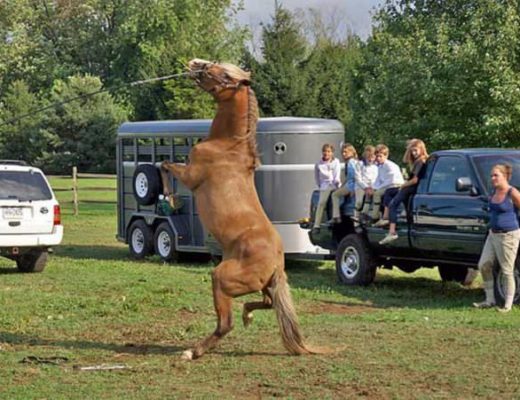
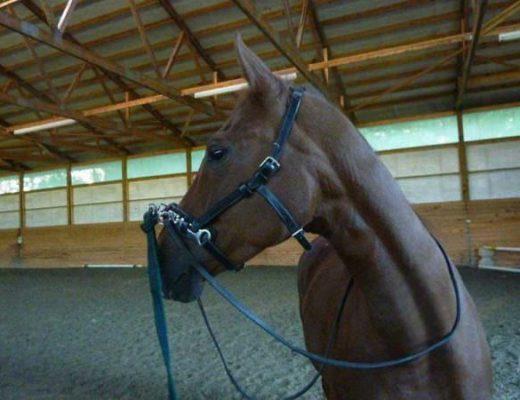
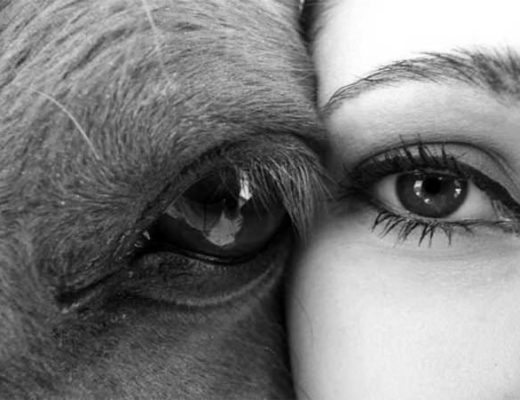


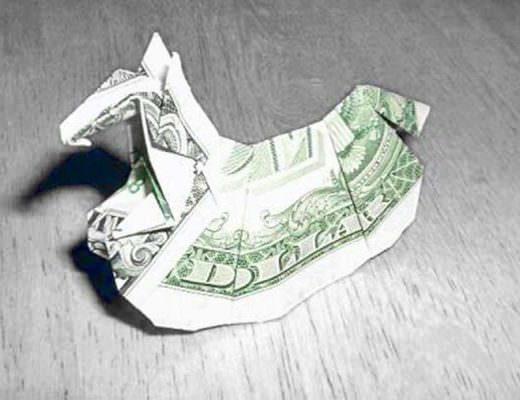
Personally, I don’t think that lunging is a bad thing. Over-excessive lunging just so the horse is tired enough for a pussy rider to hop on and not have the horse go feral is just stupid, because the rider should not have a horse that they are scared to ride. In saying this, I believe using lunging to take the edge off a green horse is fine. It is great in getting horse to get used to tack, and I use it for a short period of time on my 5yo when she has been out of work for some time, just so I can get a feel of her, and on her without being bucked off immediately. Once I’m on I’ll work her and will rid her for a few nights in a row, lightly, so she’s used to being ridden again.
Lungeing can be an extremely valuable tool for conditioning and training a horse. I hear occasionally people who are anti-lungeing saying it is bad for the horse’s joints. This can be true but then again so can riding many circles, which is often done, be hard on joints especially with a rider with less than perfect balance, cues, and/or position themselves. So can jumping, galloping or trotting on hard ground, barrel racing, sliding stops, etc…. be damaging for joints. I think a lot of people who dismiss lungeing and work-in-hand saying they prefer to do it all from start under saddle are often overestimating their skill to ride perfectly in order to never stress the horse’s joints themselves riding. This said, lungeing as just letting the horse tear or shamble with unhealthy biomechanics around a person holding a rope is more detrimental than helpful. Lungeing can be a really transformative tool for the unfit, weak, severely asymmetrical, and under muscled horse to let them learn balance on a circle, supple them, build strength, muscle, and improve cardio fitness before adding the burden of tack and then a (usually less than perfect) rider. Using lungeing as a tool well requires knowing what healthy movement looks like at the different stages of the horse’s development and how to influence it to improve it where necessary. A young or unfit, unbalanced, and stiff horse benefits from learning balance on the lunge and to go long and low releasing over the back and then later muscle development can continue on the lunge ‘bringing the horse up’ and learning to stretch into and accept contact and work in a more elevated outline gradually over time. I like this also as a horse that has learned to release over the back is generally a relaxed horse and when ridden developing contact and correct ‘frame’ to me comes more gently by gradually ‘lifting’ the horse versus what I see done sometimes as driving them forward into harder contact or sawing the head down with the reins. There are potential downsides in lungeing. Aside from just letting a horse in a halter tear around hollow in the back, head up, and often counterflexed the other poor use of lungeing is putting the weak, unbalanced, and stiff horse in relatively short side reins trying to achieve some sort of collected outline they feel looks correct to build top line. Both methods can damage a horse but educated use of lungeing can be very therapeutic utilized in a balanced way. You don’t want to abuse it lungeing an hour everyday, almost all exercise if we engage in it too strenuously or repetitively can break the body down rather then build it up. For the hows and whys of good lungeing I recommend Babette Teschen’s course or book and online materials and the website for Art2ride for excellent educational videos about starting out with lungeing green and weak back horses.